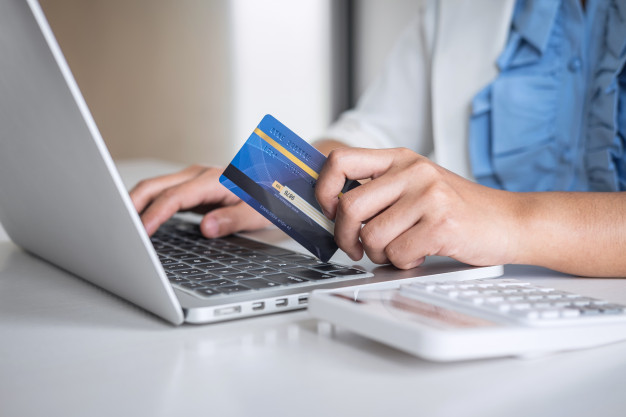Put yourself in the shoes of the average customer. You know that the internet is a great place to shop. You also know that there are now a lot of websites that are specifically created to trap unwary internet users. You may well consider yourself to be an unwary Internet user. This means you’re not going to spend a lot of time researching how to check if a website is secure for payment, you’re just going to follow some simple, and well-publicized rules.
What most customers know about how to check if a website is secure for payment
The average customer is unlikely to know the intricacies of website security. Their knowledge is likely to consist of mainstream security measures (i.e. ones which are well-publicized), plus a bit of basic common sense. What this means in practice is that if you ask an average customer how to check if a website is secure for payment, they are likely to mention the following points.

- Look for the padlock
- Check the overall quality of the site
- Look for contact information
- Look for a privacy policy
- Verify the trust seal
This means that the more of these points you can satisfy, the more likely it is that they will trust you. Here is what you need to know.
Look for the padlock
It’s highly unlikely that the average customer is going to understand the technicalities behind the padlock. They just know that it’s a sign of security. As a business owner, however, it’s useful to have a basic grasp of what it actually means.
In short, the padlock is used to show that a website is using HTTPS rather than HTTP. The “S” stands for “Secure”. There are two reasons why HTTPS is more secure than plain HTTP. The first is that it involves the site being verified by a third-party authority. The second is that it uses encryption.
There is now some nuance to the first point in that the verification process can be undertaken to different levels of intensity. In the old days, undertaking even a basic verification process was enough to earn you a padlock. These days, some browsers insist on a more in-depth verification process before they show a padlock. If you’re taking on-site payments, then the payment company is very likely to insist you undergo the most in-depth verification process.
Check the overall quality of the site
You wouldn’t eat at a restaurant if you could smell garbage and see mice running about. The average customer won’t make payment at a site if they see it’s full of bad content, spam links, and deals which are frankly too good to be true.
Obviously, this is an extreme example, the key point to take away is that you need to put as much pride into your website as you do into your physical business premises (if you have one). In other words, if you want to be trusted, you need to present yourself professionally. It’s fine to be casual and friendly (in some industries at least), but keep it within reasonable limits.
Look for contact information
It’s fine to automate the purchase process, but customers need to know they can get in touch with someone if they need post-sales help. Posting social-media handles is all very well, but an email address, preferably at your domain) is even better.
A telephone number is even better yet, especially a landline number, or, at least, a number which looks like it could be a landline number. These days, you can get VoIP numbers with local dialing codes, which can be a great solution for many companies, especially SMBs.
For maximum credibility, you want to display a physical address. This is particularly true if you’re selling physical items, which people may want to return. If you work from home, consider getting a PO Box and displaying that. This will reassure people that you are a genuine company while keeping your home details private.
Look for a privacy policy
If you look at your website statistics, you might find yourself surprised by how often people check your privacy policy. These days, people are becoming increasingly aware of the importance of their data and want to know what you are going to do with it before they decide whether or not to hand it over to you.
Verify the trust seal
Trust seals do more than “just” verify that you are who you say you are. They verify the standards of your website. It’s questionable how many customers know about them, especially compared to the other points, but if you have the budget to go through the process, they can be useful to have.
Please click here now to have your website scanned, for free, by cWatch from Comodo.
© 2026 Comodo Security Solutions, Inc





